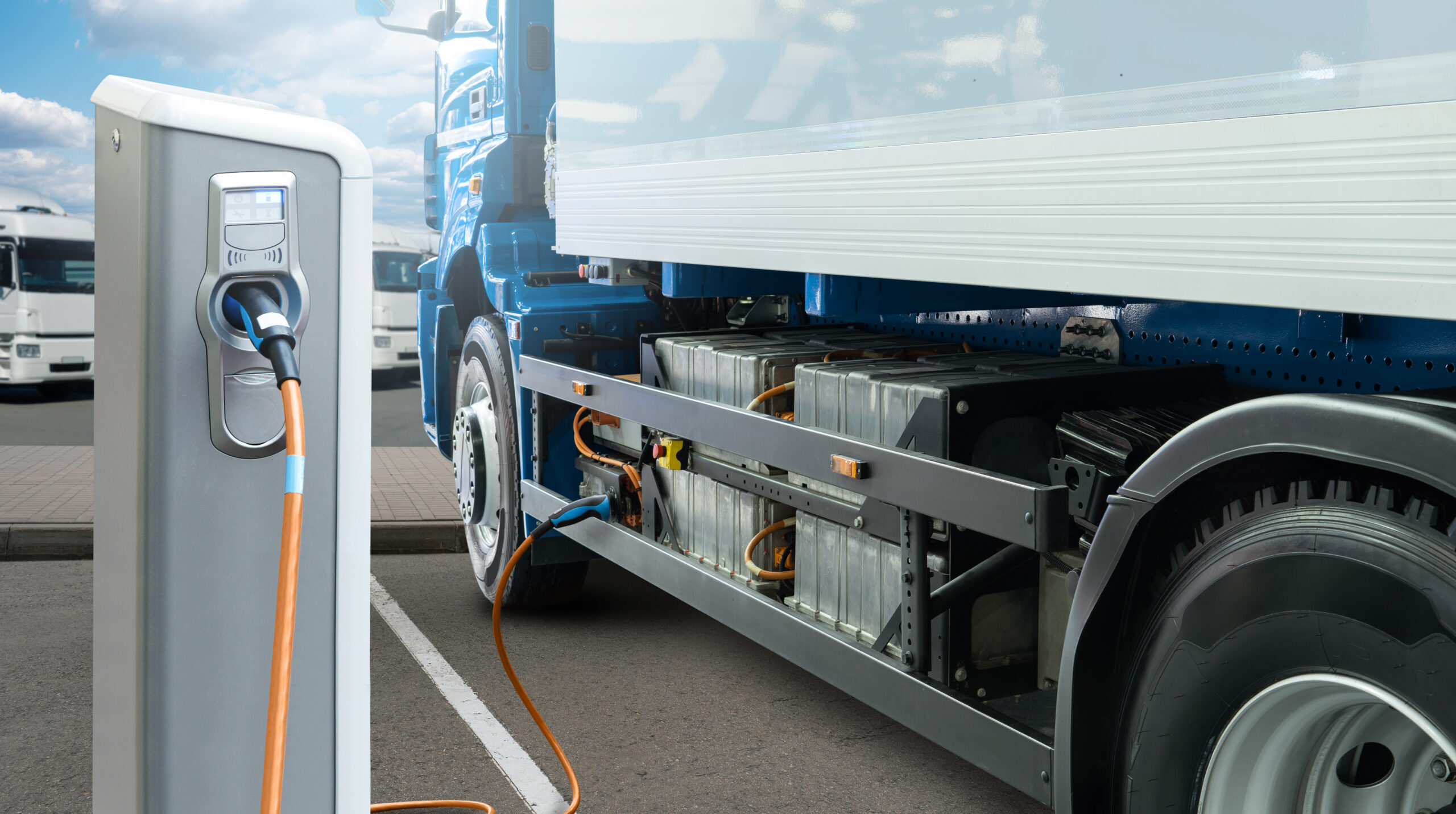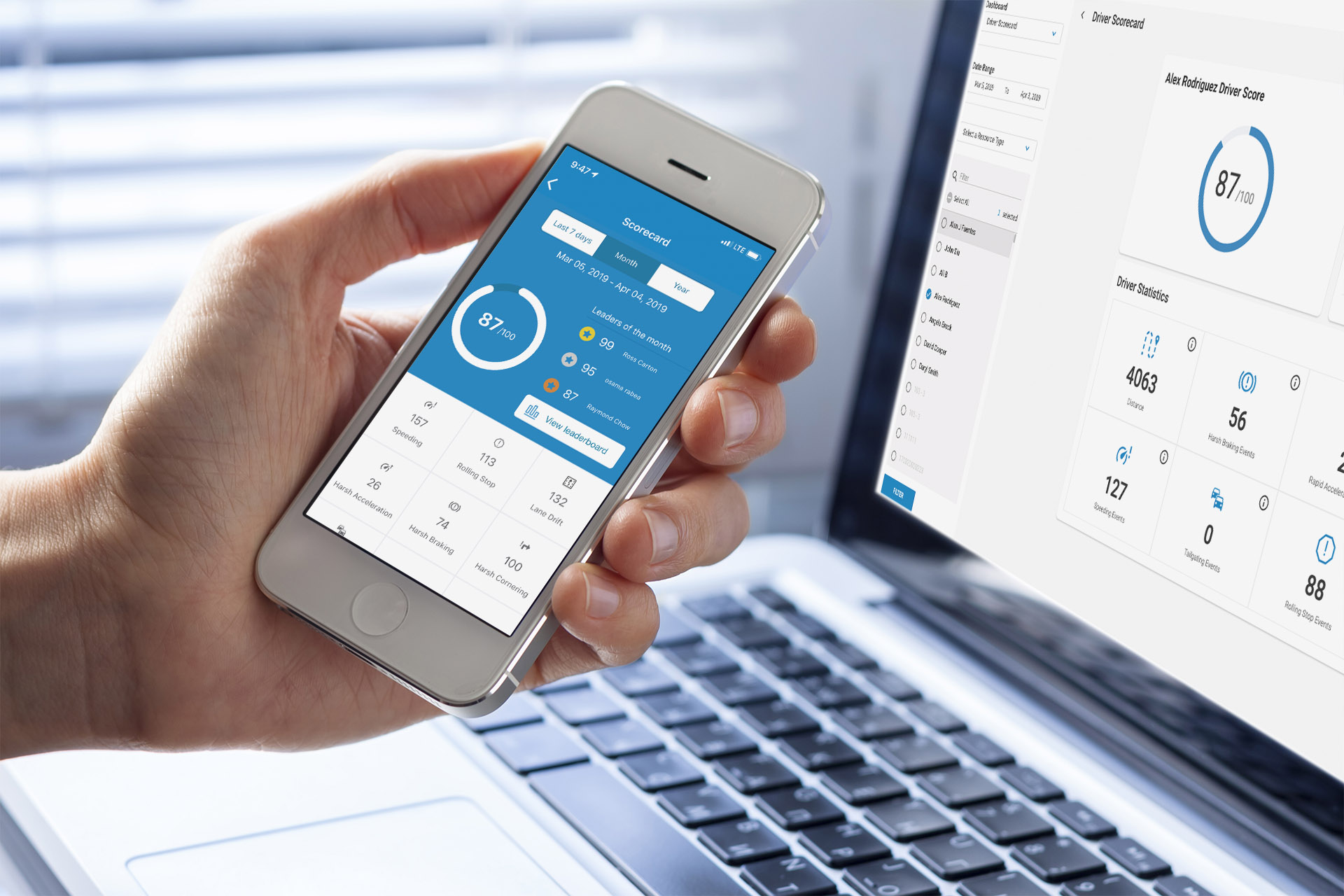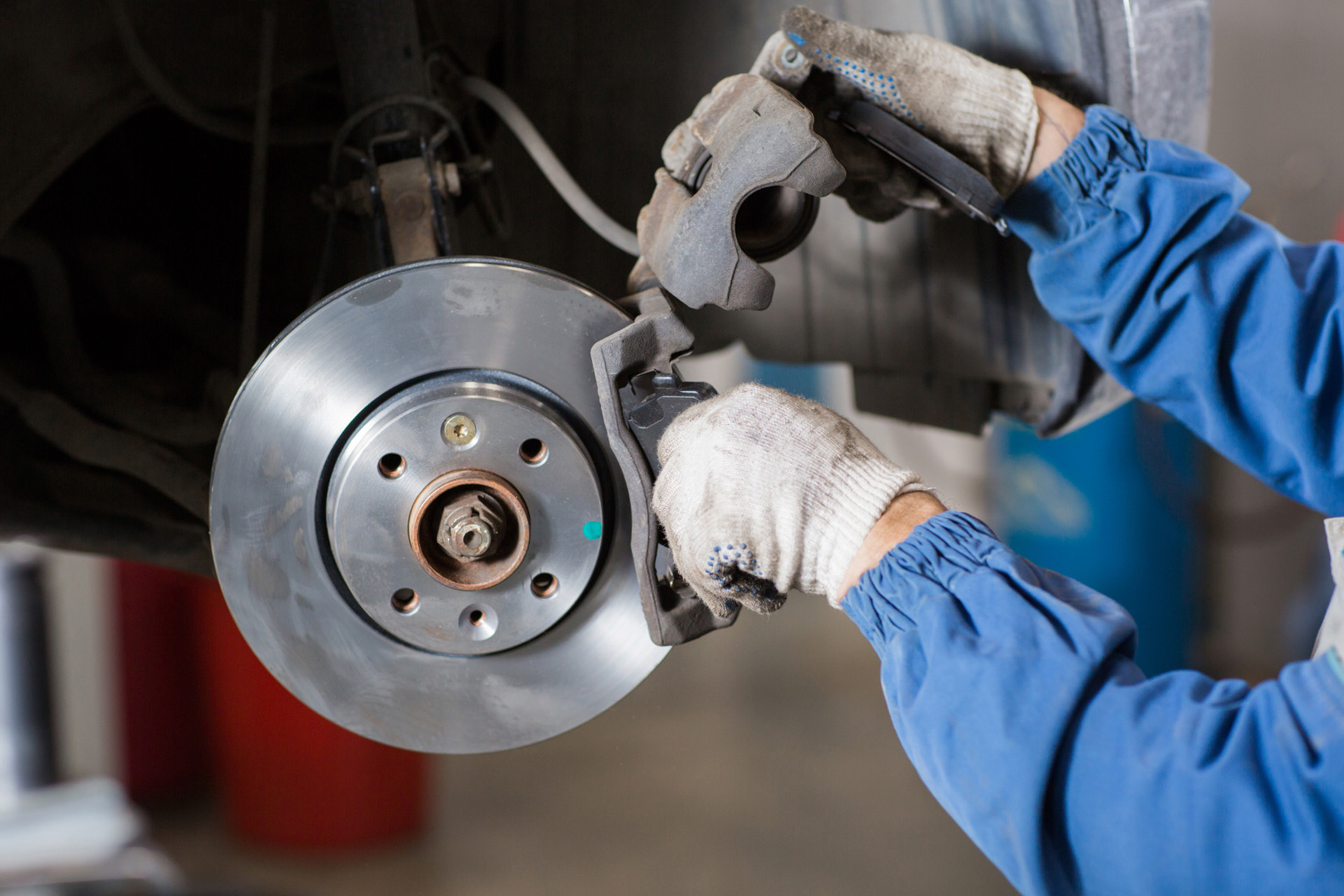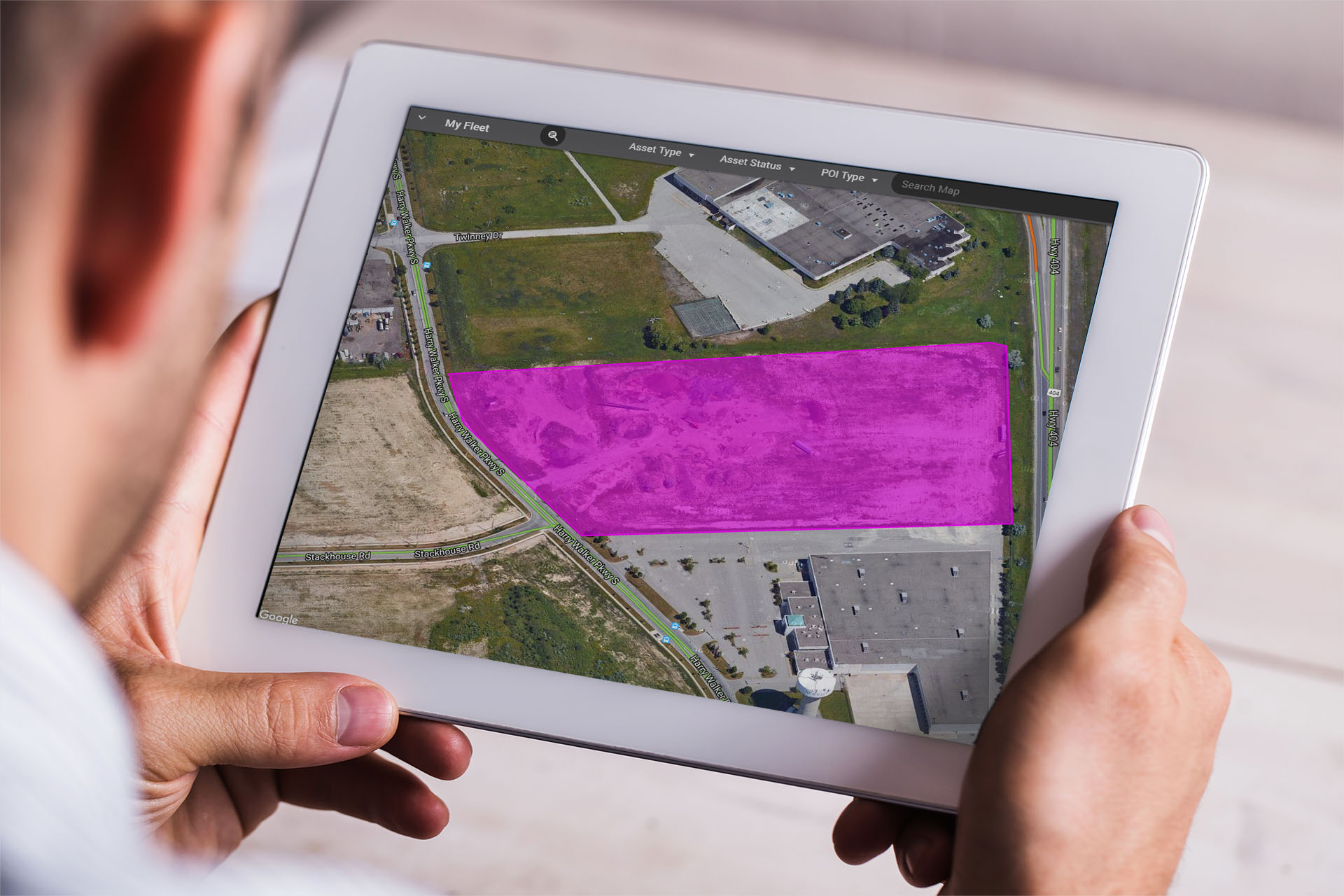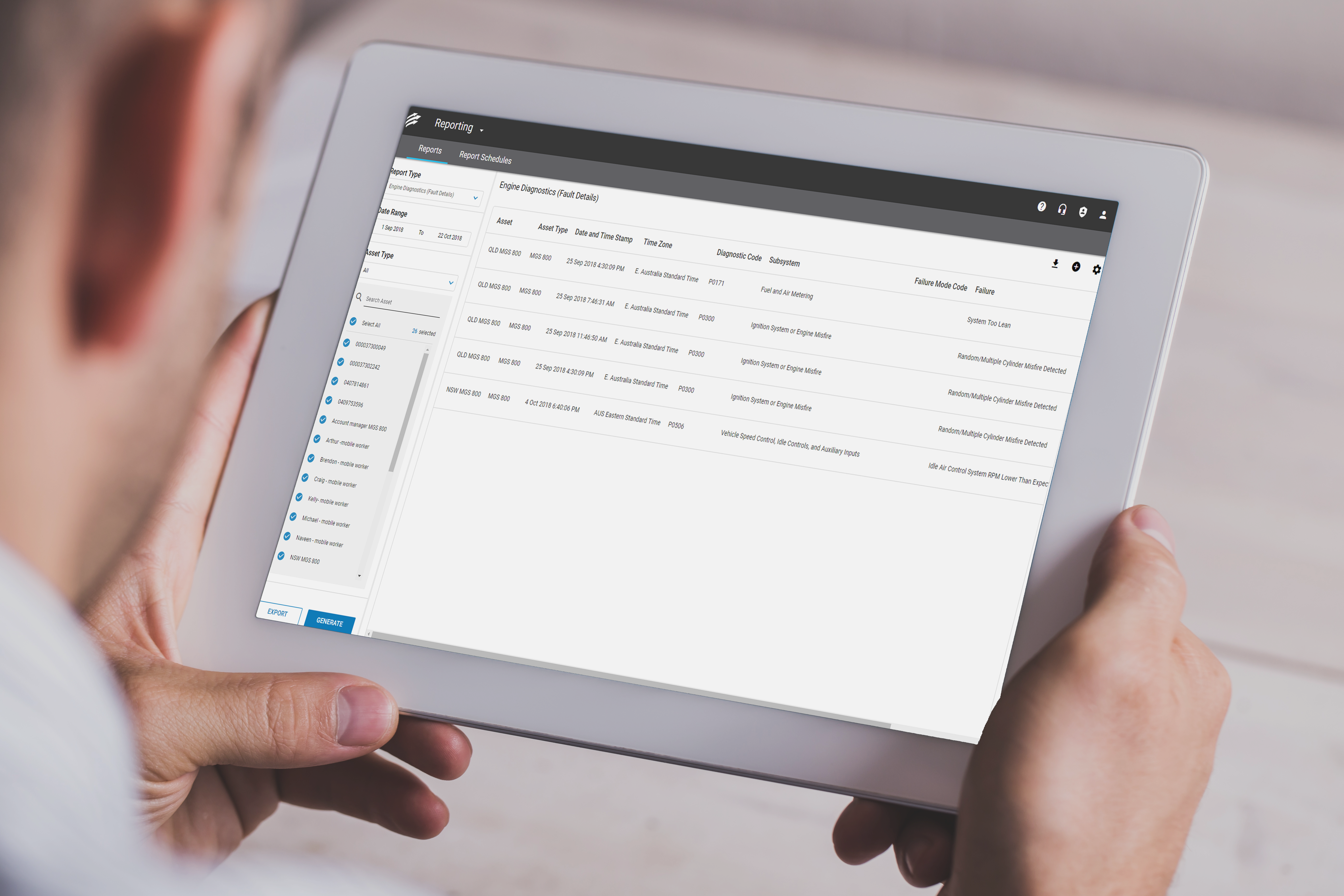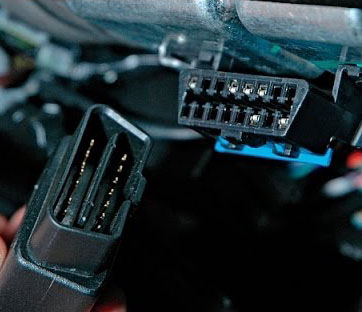The rise of small fleets is big news in the fleet industry.
According to data from Qualified Carriers, the growth of micro fleets—those with 6 vehicles or less—has far outpaced the growth of larger fleets. Meanwhile, small fleets, which are generally defined as fleets with up to 100 vehicles, are also growing. A 2019 survey by Bibby Financial Services reported a 52% growth in business for small fleets.

Since 2012, small fleets are experiencing big business growth, with more than half reporting positive business results (Image Source).
Although COVID-19 will likely change the overall industry picture, the relative increasing business volume for small and micro fleets means they’re now facing bigger challenges that are usually only encountered by mid-size and large fleets. The same survey cited above uncovered 10 biggest obstacles small fleets with 1-4 trucks are solving—with increasing business costs, regulation compliance, and competitor pricing ranking in the top 3.
 Running a small fleet is no small feat, as small fleet companies must address big challenges in their day-to-day operations (Image Source).
Running a small fleet is no small feat, as small fleet companies must address big challenges in their day-to-day operations (Image Source).
It comes as no surprise that the top reason fleets invest in technology is to reduce costs.
 Reducing operating expenses is the top reason fleets invest in technology such as telematics (Image Source).
Reducing operating expenses is the top reason fleets invest in technology such as telematics (Image Source).
If you’re running a small fleet and finding yourself in the midst of these challenges, you are not alone.
Fortunately, you don’t have to come up with fleet management best practices on your own. You can look to your larger fleet counterparts and apply their gold standards to your fleet.
Here are 3 technology-driven fleet management best practices you can use to score big wins for your small business.
Take the Lead with Smart Maintenance
“If the wheels don’t turn you don’t earn” is a common truism that many fleet companies are aware of.
Unexpected and unplanned downtime is a big problem for fleets, not just in terms of lost productivity and revenue, but also in terms of out-of-pocket repair costs. As reported by the American Trucking Associations’ Technology & Maintenance Council, unscheduled roadside repair costs jumped to $407 per incident in the third quarter of 2019, a 24% increase from the same period in 2018. This doesn’t include tire replacement, which jacks up costs even higher.
A sidelined vehicle could be losing anywhere from $400 to $700 per day. This doesn’t take into account potential losses that your company might incur due to customer trust issues and other missed business opportunities.
Preventive maintenance has always been the gold standard in fleet management and, with telematics, it’s easier to identify vehicles that need to be serviced. You can follow the ma
nufacturer’s recommended schedule or tailor fit your own preventive maintenance calendar, based on your mileage and other engine metrics that you can collect.
Advanced fleet management technologies, such as Fleet Complete, also have additional features that can bolster your preventive maintenance strategy. For instance, Fleet Complete has an app called Inspect, where drivers can easily and comprehensively inspect their vehicles and report potential issues directly to fleet mechanics through a mobile app.
 E-sign your completed vehicle inspection report in the Inspect app to immediately send it to the Mechanic portal
E-sign your completed vehicle inspection report in the Inspect app to immediately send it to the Mechanic portal
Maintain a High Level of Fuel Economy
With increasing business costs topping the concerns of small fleet companies, fleet managers must keep an eye on their fuel expenses. The November 2019 report of the American Transportation Research Institute revealed that fuel expenses rose by 17.7% from 2017 to 2018, the biggest jump among vehicle-related expenses.
While fuel prices are out of your control, there are measures you can take to achieve maximum fuel efficiency to save every drop of fuel you can. This is especially true since data shows that up to 30% of fuel efficiency is influenced by driver behavior. This is where telematics comes in.
Two of the fuel-wasting driving behaviors that telematics can correct are idling and aggressive driving. According to the U.S. Department of Energy, heavy-duty trucks consume 0.8 gallons of fuel per hour when idling, and long-haul vehicles waste approximately 1,500 gallons of diesel annually.
Meanwhile, the DOE’s Oak Ridge National Laboratory found that “aggressive driving can slash fuel efficiency by 10% to 40% in stop-and-go traffic, or between 15% to 30% at highway speeds in light-duty vehicles.”
Using telematics, managers of small fleets can take a three-pronged approach to increasing fuel economy:
- Monitoring to identify drivers who are exhibiting inefficient driving behaviors
- Correcting bad driving behaviors through education and real-time coaching
- Tracking of fuel consumption improvements after corrective actions have been taken
Fuel-saving benefits alone already make a strong business case for your telematics investment.
Managing a Small Fleet Is No Small Feat
Small fleets are dealing with a lot of challenges, including reducing operating costs, improving vehicle performance, bolstering driver and vehicle safety, and ensuring legal compliance. To help with these challenges, small fleets can invest in a reliable and comprehensive fleet management solution. If you’re currently exploring which fleet management solution suits your needs, drop us a note. We can talk about how to tailor fit our technology to fit your requirements.
Purchasing a fleet management solution for your business does not have to be a tedious effort. Consult one of our business solution specialists to learn more about the benefits of telematics by calling 1300 653 395 or book a meeting here.








































